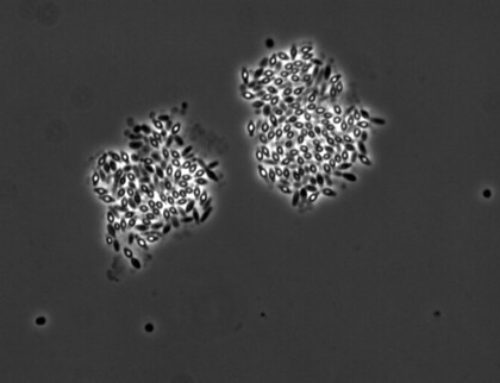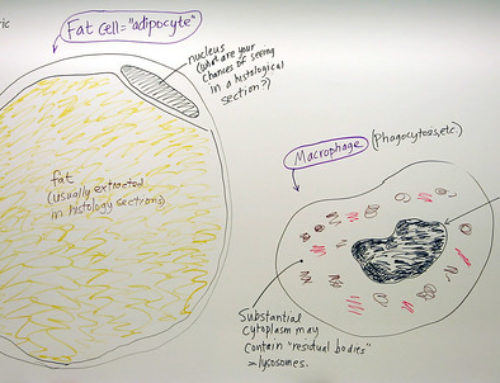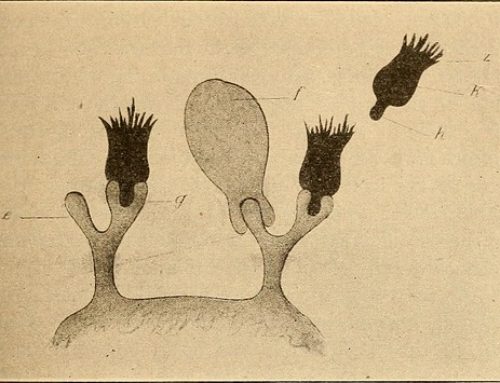Skip to content
Outer Membrane of Gram-negative Cells
Outer Membrane of Gram-negative Cells
- like a stiff “canvas sack” around the bacterial cell.
- maintains cell structure.
- is a permeability barrier to large molecules (like lysozyme) and hydrophobic molecules; also provides protection from adverse environments like the GI tract.
- has an asymmetric bilayer structure: inner leaflet similar to other phospholipid membranes, but outer leaflet contains LPS.
- contains a group of transmembrane proteins, porins, that form pores allowing diffusion of small hydrophilic molecules.
- is involved in signal transduction, e.g. quorum sensing: communication among bacteria.
- can be disrupted by antibiotics, like polymyxin.
Like this:
Like Loading...
Related
Share This Story, Choose Your Platform!
Page load link





Leave a Reply